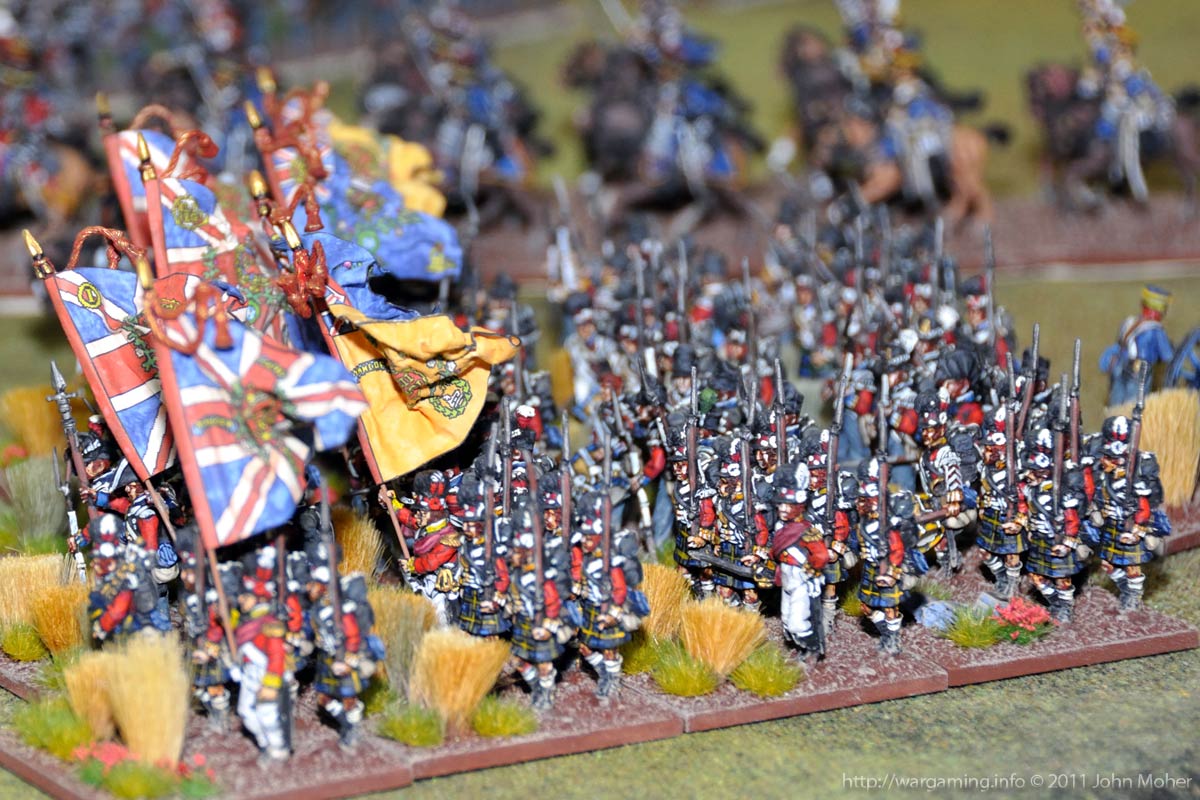The following is a brief history of modern wargaming told in quotes from various wargaming books & authors:
“It was in Europe that the early forms of wargaming gradually took on a more sophisticated appearance. During the Seventeenth Century several variations on the basic game of chess were introduced. During the Eighteenth Century a number of games were introduced into France which departed from the idea of pieces and which used series of cards designed to impart basic military knowledge to the players. Also, at about this time, silver model soldiers were being used at the French Court to instruct the future king, Louis XIV, in the art of war” – David Nash (Wargames – 1974).
“A prominent date in the evolution of wargaming is 1780, for in that year Helwig, Master of Pages to the Duke of Brunswick, introduced a game which broke through the narrow limits to which wargaming had previously been confined. He seems to have been the first man to realise that markers on a miniature battlefield need not necessarily represent individual soldiers. Some twenty years later Viturinus presented a limited and bewildered public with what was surely the ultimate in complexity: a [development of Helwig’s] game played on 3,600 squares and with some 2,500 pieces. This ‘Neues Kriegsspiel’, as it was known, was governed by sixty pages of rules which seem to have been incomprehensible to its players!” – David Nash (Wargames – 1974).
“Then in 1824 a Prussian officer invented a military game called “Kriegspiel” and battlegaming on a serious level had begun. The Prussian Army game was played with three large-scale maps, each of the players having one and the third held by an umpire. Three rooms were used and troops were represented by red and blue blocks. Senior Officers presented the players with objectives, the players drew up their plan of campaign and these were passed to the umpire. Each player then set his pieces on his map, the umpire placing the pieces of both players on his map. Now the game began with alternate moves, the umpire placing opposing pieces on the players’ maps as they became visible according to the map contours. By this method the players could see only what a general on the spot would see.” – Terence Wise (Introduction to Battle Gaming – 1969).
“In this country [the United Kingdom] at any rate this aspect of the war game was left to two singularly unmilitary figures who are in fact the ancestors of the hobby side of the game as we know it today. These were Robert Louis Stevenson, whose whimsical battle narratives have been overshadowed by the writings of H. G. Wells; the latter’s fascinating ‘Little Wars’ was the original ‘vade mecum’ of the war gamer although by present sophisticated standards it is naive and elementary.” – Charles Grant (The War Game – 1971).
“Wargames are devised to suit the circumstances of the player or players. Game construction is inescapably geared to such factors as the number of players, the size of the table, and the quantity of model soldiers and equipment available. Perhaps the most crucial factor is the attitude of the individual player because this ultimately overrides all other considerations. He may see his wargame as an affair of model soldiers, or, perhaps, of markers. The table-top encounter may be regarded as complete in itself, or it may fit into a larger scheme. Furthermore it is the player’s attitude which determines whether the game will be truly realistic or whether it will be played casually, merely for its ‘entertainment’ value.” – David Nash (Wargames – 1974).
“The amateur model soldier maker is almost invariably a perfectionist, and goes to endless trouble in order to ensure that his small figures are correctly equipped and painted. He carries out patient research into old books and prints; haunts museums, libraries, and second-hand book shops seeking authentic illustrations of the particular soldier he is making at the time.”
– Donald Featherstone
“Of course, quite apart from this, the basic question of why be a wargamer is a most difficult one to answer. It has been put to me many times in a variety of contexts and in many different forms, but I have never been able to provide a reasonable reply satisfactory either to the questioner or to myself. One can simply claim to have been ‘bitten by the bug’, like any other hobbyist, but this is not really complete in itself. There are all sorts of contributory factors – a liking for history is one that immediately springs to mind. There may also be the awareness that, like it or not, man is a combative animal… Or the aesthetic appreciation of colour and panoply and the stirring spectacle of formed bodies of soldiers, whether this be in actual form or in miniature. Just as important too is the realisation that while taking part in a wargame one is pitting one’s wits against those of an opponent… All these things, and indeed many others, must combine to provide the wargamer’s raison d’etre…” – Charles Grant (The Ancient War Game – 1974).”
This article is provided in memory of all those “inspirational” wargamers & battlegamers, who came before, and who are no longer here to push toy soldiers around a table, but who will always inspire both us and those still to come through their writings… Thanks for fuelling our imaginations!
